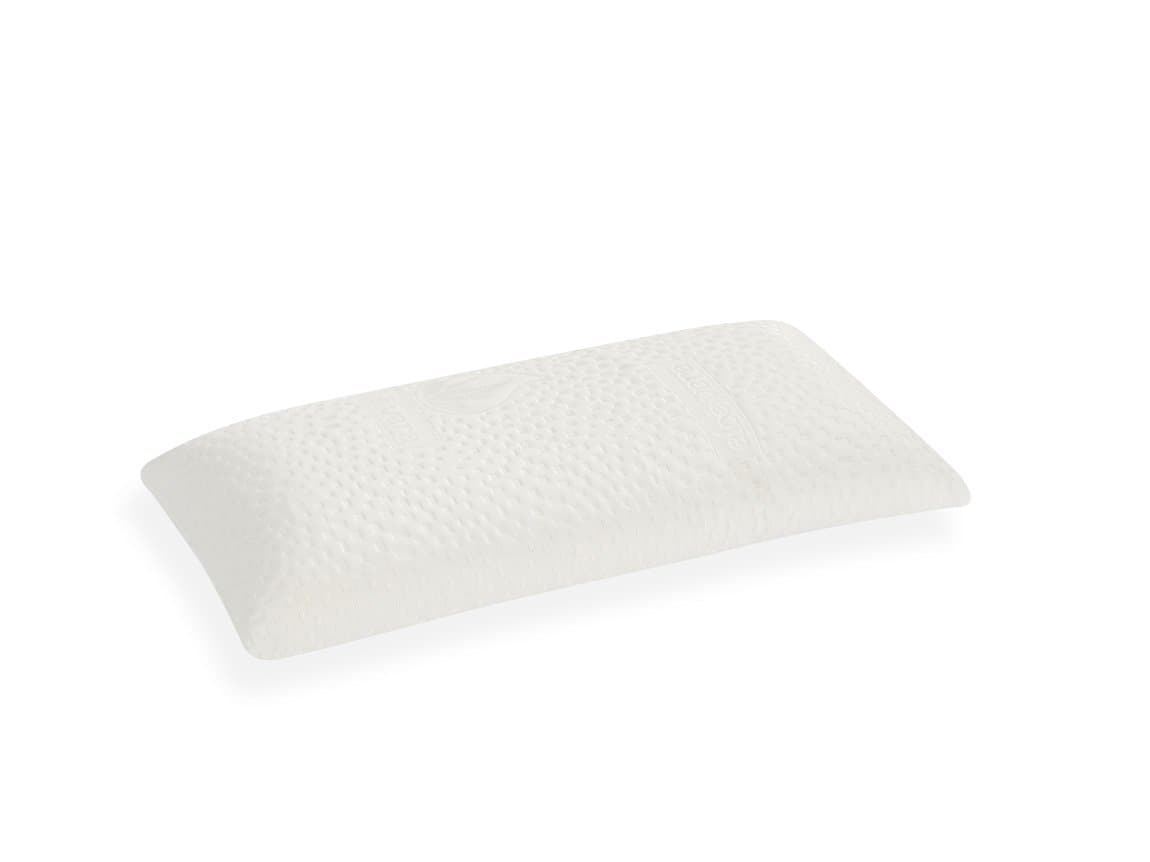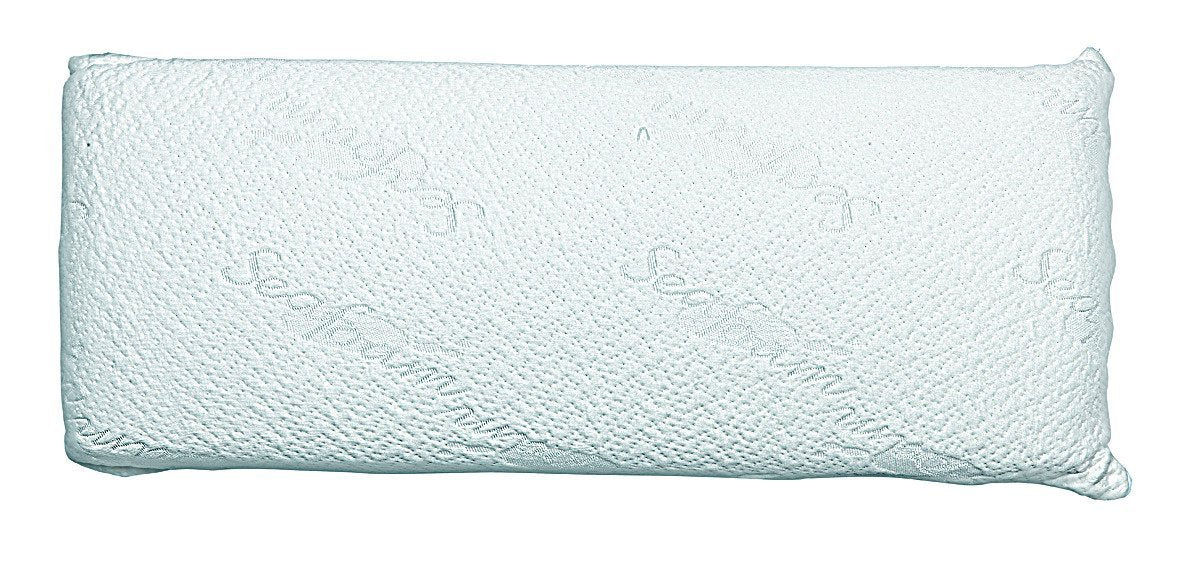
The best parts of childhood were those that had to do with magical beings that visited us from time to time: Santa Claus, the Easter bunny... We always felt that excitement when go to sleep, we even tried to catch them off guard from time to time, but we always fell asleep.
When our baby teeth began to fall out, new little creatures appeared: the Tooth Fairy and the Tooth Fairy, who collected our teeth and gave us money, sweets, and candy in exchange. or even toys. But, where and when do these two beings emerge from the dream?
The origin of the Tooth Fairy
This Ratoncito Pérez, Ratón Pérez or Ratón de los Dientes (yes, it has many names) is the most famous rodent in Spanish-speaking countries.
It is said that the myth arises with the story La Bonne Petite Souris (1697) by the Baroness d'Aulnoy, a French nobility woman known for her little tales and stories. However, in this particular story, the mouse did not collect the children's teeth, so many believe that the only thing that influenced this narrative in the creation of the legend was that it was a little animal that visited humans.
Another indication of the existence of the Ratón Pérez (or at least of his myth) is in the work La de Bringas (1884) by Benito Pérez Galdós, set in 1866, in which a character is compared greedy and stingy with the tooth fairy, so this indicates that this popular myth already existed in the mid-19th century.
However, the origin that most people agree with dates back to the Royal Palace of Madrid in 1894, when King Alfonso XIII was still a child, with the affectionate nickname “Buby”. When his son lost her first tooth, the queen asked Luis Coloma (a writer and journalist) to write a story as a gift for Buby. In it (titled Ratón Pérez), a little mouse dressed elegantly, takes a journey with king Bubytransformed into a mouse, in search of the latter's fallen tooth.
His legend is so well known that, at the 'Banco de España' metro stop in Madrid, there is a small door for the mouse, and on Arenal Street (where it is said in the story that he lived) a commemorative plaque to Pérez.

The origin of the Tooth Fairy
In the rest of the countries, the Tooth Fairy is better known, who, after all, does the same job as the Tooth Fairy: collecting children's teeth in exchange for gifts.
This myth is much older than the other: it is believed that it emerged in the 10th century, in the Nordic countries. In the Eddas, many of the Scandinavian traditions of the time are collected, and among them is tand-fe.
Tand-fe (translated to tooth fe, which sounds very similar to 'tooth fairy', which is “tooth fairy” in English ) was a tradition that consisted of parents giving their children a gift in exchange for their first teeth, since there was a superstition that baby teeth brought luck and they protected in wars (so much so that warriors made necklaces with their children's teeth).
Much later, in 1908, this Fairy is reintroduced, through an article in the Chicago Tribune, in which the strategy that Many parents kept telling their children that if they let them remove their teeth that were about to fall out, a fairy would give them a gift at night.

But why teeth?
As already mentioned with the tand-faith ritual, in the Middle Ages there were countless superstitions surrounding children's baby teeth.
In England, for example, they burned their teeth when they fell to avoid misfortunes for the child in their life, since it was said that whoever did not burn them as a child, when they reached the age of there, he would be condemned to search for his teeth forever.
Teeth were also used to be buried to hide them from witches, because it was believed that if a witch ended up in possession of a single tooth, she would have complete control of its owner.
In more recent versions, such as The Legend of Toof (2021), a children's book that tells the adventures of a little fairy, it tells that the dust inside the teeth It was very necessary for the Tooth Fairies because they used it to fly faster, and it was also important for the Tooth Fairy and his descendants because it served to heat their houses during the winter. .





